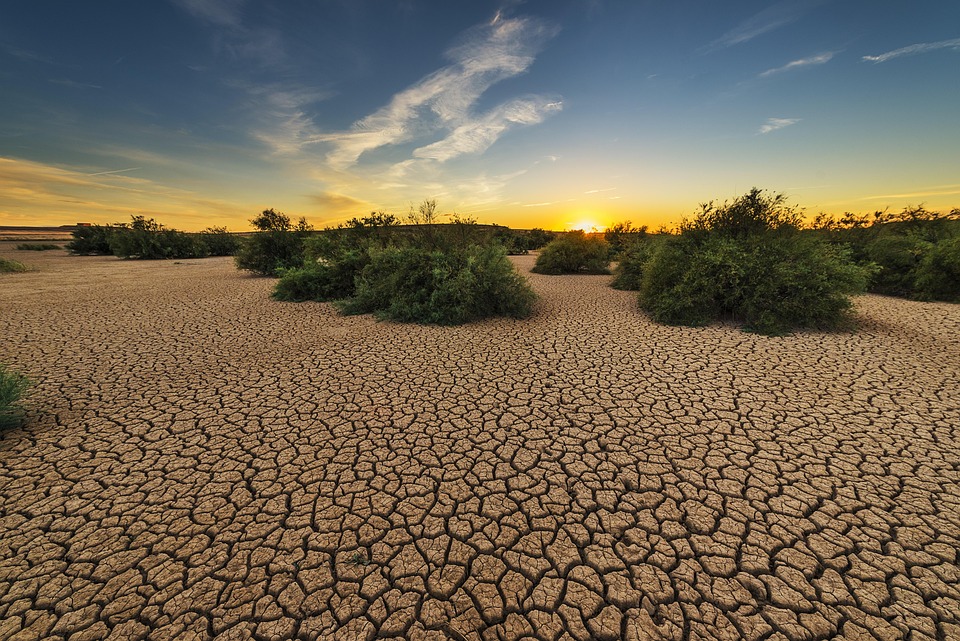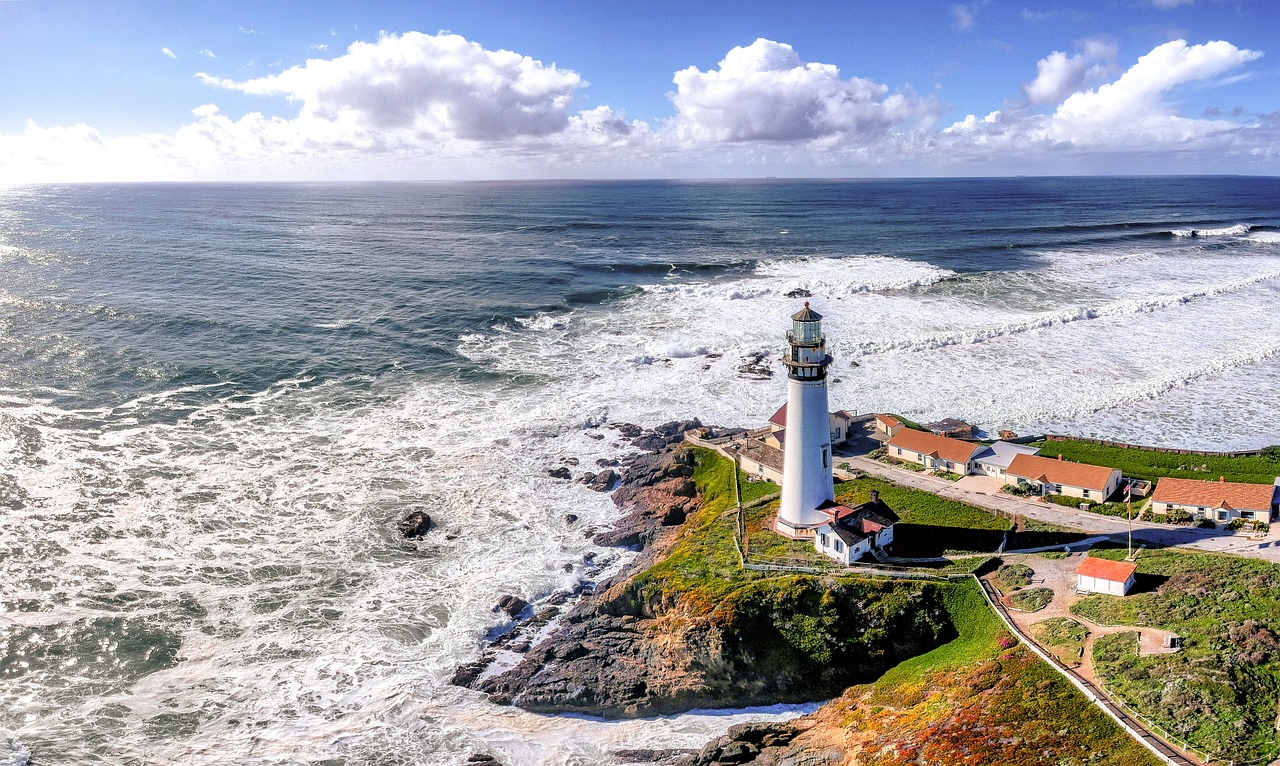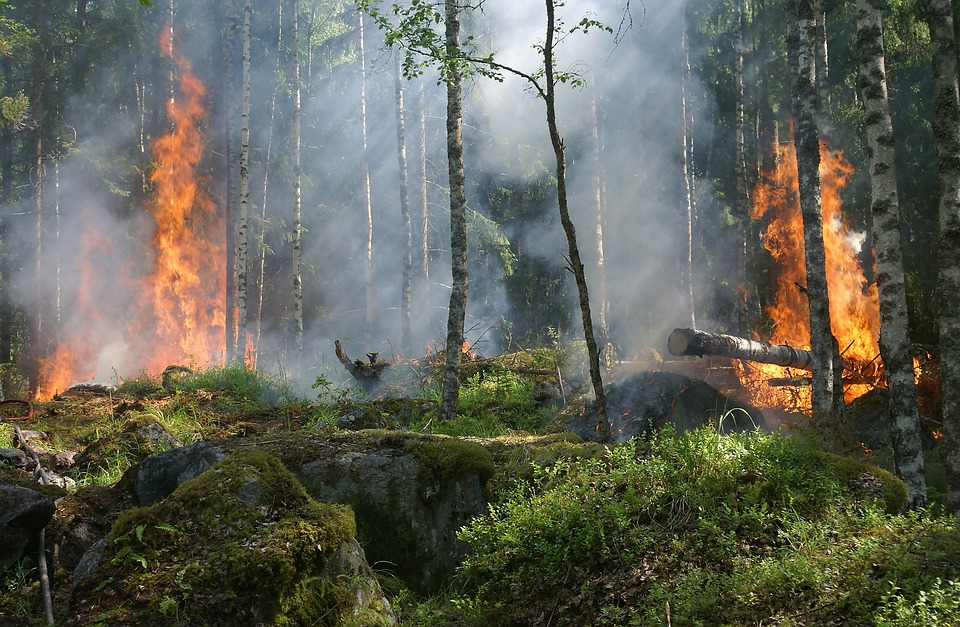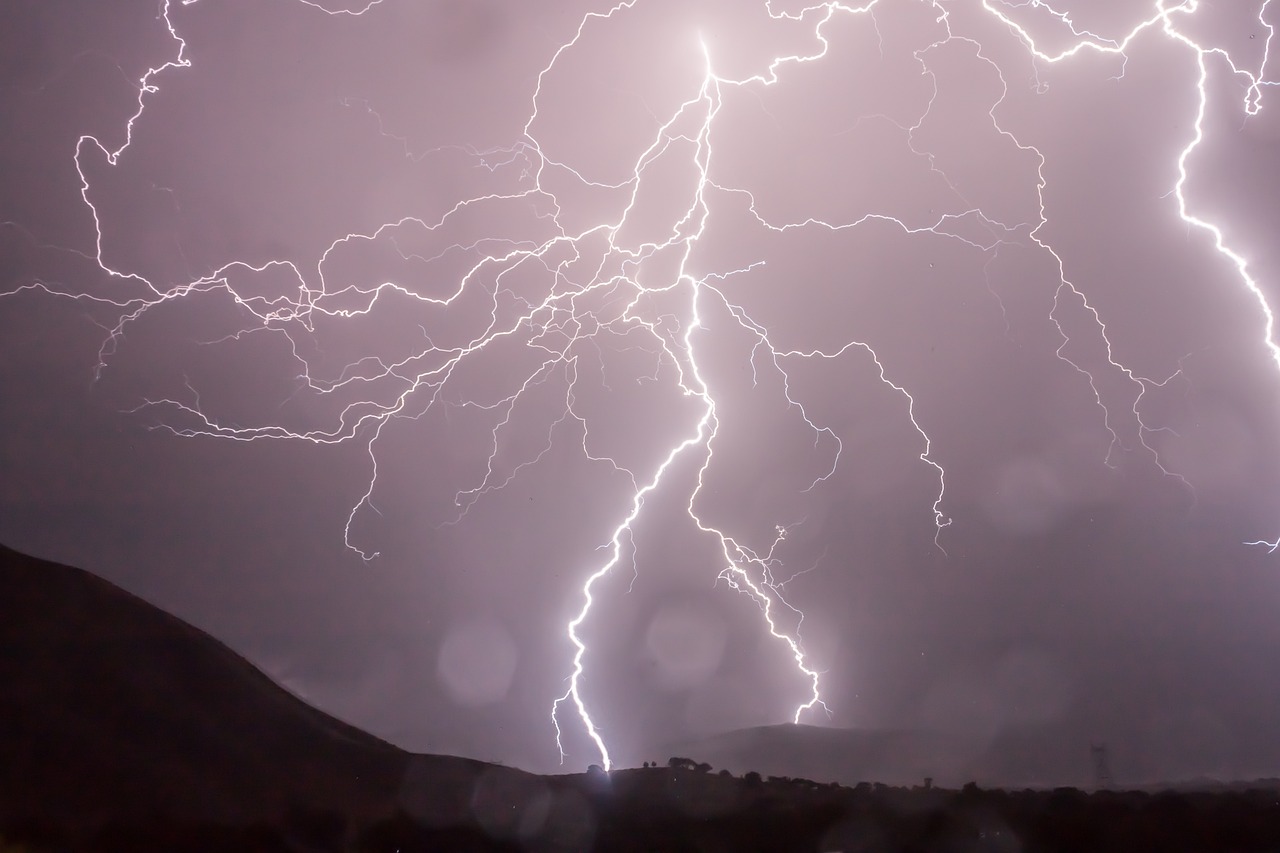Drought and Wildfire Connection in California: How Nature’s Resilience is Overcoming the Crisis
California has long been known for its breathtaking landscapes, stunning coastlines, and diverse ecosystems. However, in recent years, the state has been facing the brutal reality of drought and wildfire connection in California. With increasing temperatures and prolonged dry spells, wildfires have become a recurring challenge for Californians. This article delves into the connection between drought and wildfires, particularly in the context of California’s ongoing crisis in 2025. It also highlights how nature’s resilience is pushing back against these challenges and helping the state overcome one of its most severe environmental crises.
Understanding the Drought and Wildfire Connection in California
The drought and wildfire connection in California is a well-established but ever-expanding phenomenon. In simple terms, drought conditions create the perfect environment for wildfires to thrive. When California experiences periods of prolonged drought, the vegetation becomes dry and brittle, making it highly susceptible to ignition. In 2025, Los Angeles faced a severe drought, which exacerbated the already dangerous wildfire conditions. According to experts, the ongoing dry conditions have allowed the state’s vast forests and grasslands to dry out at an alarming rate, turning them into tinderboxes ready to explode into flames.
In addition to prolonged dry periods, the drought and wildfire connection in California is also intensified by high winds, which can quickly spread wildfires over large areas. The strong winds, combined with dry vegetation, make the state especially vulnerable to massive wildfires. For example, in January 2025, the wind-driven Palisades Fire in Los Angeles County quickly spread across thousands of acres, forcing the evacuation of thousands of residents. The drought and wildfire connection in California has led to a significant increase in the frequency, intensity, and scale of these fires, wreaking havoc on communities and ecosystems.
The Role of Climate Change in the Drought and Wildfire Connection
While California has always experienced natural cycles of drought and wildfires, climate change has played an increasingly significant role in amplifying these crises. As global temperatures rise, California’s climate becomes hotter and drier, creating the perfect conditions for drought and wildfire connection in California to flourish. Studies indicate that over the past few decades, the length and severity of droughts in the state have increased, leaving communities vulnerable to devastating wildfires.
One major factor that fuels both drought and wildfire risks is the shift in precipitation patterns. California has seen more extreme rainfall events in shorter bursts, leading to periods of drought followed by rapid vegetation growth. When the rainwater evaporates or is absorbed too quickly by the dry soil, the vegetation is left parched, and the increased biomass becomes dry fuel for wildfires. This cyclical process, fueled by climate change, has contributed significantly to the growing wildfire risk in California, as the drought and wildfire connection in California becomes more pronounced year after year.
The Impact of Wildfires in Los Angeles County in 2025
In 2025, Los Angeles County was once again devastated by massive wildfires. The drought and wildfire connection in California reached its peak with the Palisades Fire and Eaton Fire, which were exacerbated by severe drought conditions. These fires consumed over 25,000 acres of land, forced the evacuation of over 100,000 people, and caused millions of dollars in damages. Many homes, businesses, and public infrastructure were destroyed by the rapidly spreading flames. Firefighters worked tirelessly, battling the fires under difficult conditions, but the severity of the fires underscored the vulnerability of the region to the drought and wildfire connection in California.
The fires also had a significant impact on local air quality, with thick smoke blanketing the region for weeks. The smoke from the wildfires contributed to hazardous air quality levels, affecting residents’ health and adding to the strain on hospitals and emergency services. The economic impact of these fires is expected to be significant, with billions of dollars in damages caused by the destruction of property, infrastructure, and agriculture.
Human Activities Contributing to Wildfires
While drought and wildfire connection in California is largely driven by natural factors such as climate and weather, human activities have also contributed to the severity and frequency of wildfires in the state. Urban sprawl, poor land management practices, and the introduction of non-native species have all played a role in creating conditions that favor wildfires. Additionally, human activities such as construction in wildfire-prone areas, improperly managed agricultural lands, and careless fire-starting practices have further exacerbated the drought and wildfire connection in California.
As the state continues to grow and urbanize, the risk of wildfires increases, particularly in areas where natural fire barriers have been removed or altered. Poor land management practices, such as overgrazing by livestock and the clearing of natural vegetation for agriculture, also contribute to the spread of wildfires by creating dry, barren landscapes that serve as fuel for fires. Additionally, many fires in California are sparked by human negligence, such as discarded cigarette butts or unattended campfires. These human actions combined with climate change have escalated the drought and wildfire connection in California, leading to more frequent and destructive fires.
Government Response to Wildfires and Drought
In response to the growing threat of wildfires exacerbated by drought, both state and federal governments have taken action to mitigate the damage and prevent future disasters. In early 2025, California Governor Gavin Newsom declared a state of emergency following the catastrophic wildfires in Los Angeles. The declaration authorized the release of emergency funds to support firefighting efforts, assist evacuees, and repair damaged infrastructure.
Additionally, California has implemented various fire prevention and mitigation strategies, including controlled burns, firebreaks, and improved land management techniques. The state has also worked to increase public awareness of fire safety and prevention, educating residents on how to protect their homes and property from wildfires. However, as long as the drought and wildfire connection in California persists, it is clear that continued investment in prevention and preparedness is crucial for minimizing future wildfire risks.
Resilience and Nature’s Recovery
Despite the devastating effects of wildfires, nature in California has shown remarkable resilience. After each wildfire season, the state’s ecosystems begin to recover, slowly but surely. Certain plant species are well-adapted to survive and even thrive after a fire, with seeds that are capable of germinating in the nutrient-rich ash left behind. Some tree species, such as the giant sequoia, require fire to release their seeds and encourage new growth.
In recent years, environmental groups have worked alongside local communities to restore and protect vital habitats that have been damaged by wildfires. These efforts include planting native vegetation, managing invasive species, and improving water conservation to mitigate the impact of droughts. Through collaboration and ongoing restoration efforts, nature is beginning to bounce back, helping to reverse the damage caused by the drought and wildfire connection in California.
How Can California Overcome the Drought and Wildfire Crisis?
California’s ability to overcome the drought and wildfire connection in California will require a multi-faceted approach. It will take a combination of proactive fire management strategies, better land use planning, and a concerted effort to combat climate change at the local, state, and national levels. More robust policies that encourage sustainable land development, increased forest management, and improved fire safety standards are essential to preventing future wildfires.
Additionally, addressing the root causes of climate change, such as the reduction of greenhouse gas emissions, will be critical in mitigating the long-term risks of droughts and wildfires. California has already set ambitious goals for reducing emissions, but more needs to be done to curb the impact of global warming on the state’s climate.
Conclusion
The drought and wildfire connection in California presents a significant challenge for the state, but through coordinated efforts, community resilience, and ongoing restoration, California can overcome this crisis. By addressing the underlying causes of drought and wildfires, including climate change, human activity, and land management practices, the state can help prevent future disasters and protect its natural resources. As California continues to face the ongoing threat of wildfires, it is clear that the state must continue to prioritize fire prevention, preparedness, and recovery efforts to safeguard the environment, economy, and future generations.














Post Comment